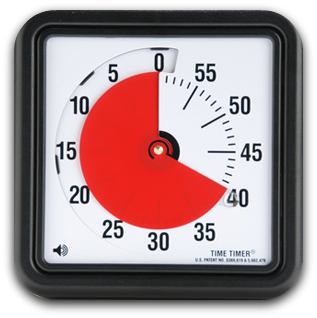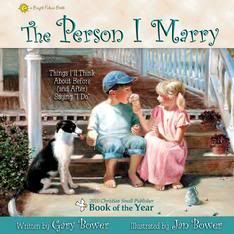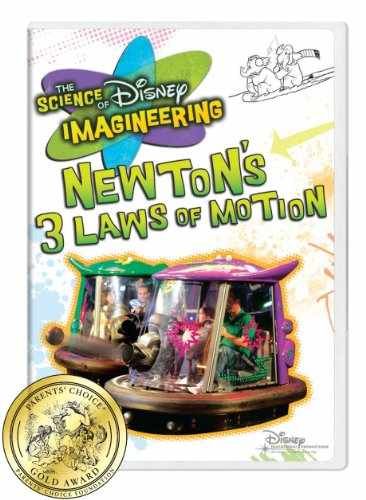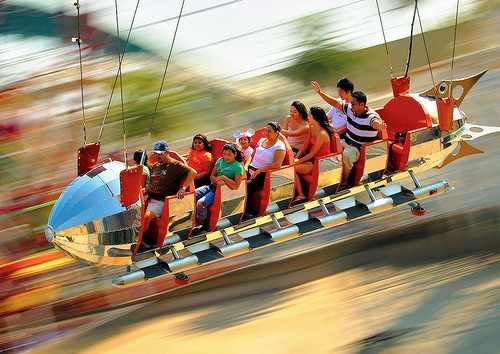As I type, the delicious aroma of turkey is beginning to waft around the house (we are a cook and carve ahead family). Thanksgiving is probably my favorite holiday, I love the gathering of the family, trying new recipes and preparing the old stand-bys. When I was younger we kids used to sit around the Sears' Wishbook and pick out what we hoped to get for Christmas. Now that stores are pushing Christmas shopping before Halloween I mostly try to avoid all that crass commercialism. When I was fresh out of college I used to organize the Thanksgiving Orphans (those who weren't able to travel home for the day) and we'd end up with 30 or more, each bringing the dish without which it just wouldn't be Thanksgiving.
I don't remember the first time I prepared the turkey, I suppose it was after we moved away from Grandma's house. Those of us in charge of the bird know that some years turn out better than others. Butterball sometimes publicizes the foul/fowl ups that they here about on their Turkey hot line. Someone forgets to remove the giblets from the neck cavity, someone thinks that the golden brown skin means it must be done without checking the internal temperature. I have my own turkey disaster story that might top them all--unless you are one of the poor souls that burnt down the house or garage trying to fry the bird. I can share it now and laugh.
It actually started a week before Thanksgiving. I had discovered an organic farm that was offering free range turkeys. They wanted folks to pick up their birds on Sunday, but I asked if I could get mine on Tuesday since that's when I normally passed by (it was about 40 miles from home). Not a problem, they would save a bird for me--I just wouldn't have a selection to choose from. I was fine with that and only needed a small bird for myself and my parents. When I arrived on Tuesday there were two turkeys left in the freezer and I took the smaller of the two but it was still a whopping 26 pounds!!!
Problem number one: this bird filled and overflowed my roasting pan. Wednesday afternoon I stopped by Walmart on the way home from work. They had moved their aluminum baking pans to the front of the store right behind the cash registers (liek they knew I'd be coming). I found a disposable one that was plenty big enough and had the words "HEAVY DUTY" splashed across the front. We'd gotten out of work early that day and I decided to cook the turkey that afternoon instead of the next morning because I figured it would take much longer owing to its size.
In those days I was a baster (now I follow Good Eats brining method). On about the third time pulling the pan forward to baste my Heavy Duty pan sprung a leak. Turkey juice and fat began puoring into the bottom of my oven at an alarming rate. As it collected under the electric coil it started to smoke. I didn't know what to do but take the turkey out of the oven and set it on top of the stove. I transfered the bird to my old roasting pan where it mostly just rested on top and poured the remaining juice into a saucepan. Now when I basted, the juice just rolled down the side of the turkey and joined the gooey blackening mess at the bottom of the oven. I had to open my patio door and put a fan on to pull the smoke out of the apartment but at least the smoke alarm wasn't going off.
I stopped the basting and decided to use the liquid I had left to make the gravy so I turned on the burner under the sauce pan. Remember earlier that I had put the punctured roasting pan on the stove top--well some of that fatty juice had collected in the reflector. Soon I had a grease fire on my hands. I knew not to throw water on it. I had gotten out my flour jar to make the gravy and began throwing handfuls of it at the fire. PLEASE NOTE : DON'T USE FLOUR OR BAKING SODA ON A GREASE FIRE!!! The Lord was really watching over me because I could have had an explosion at that point.
My mother called me at about 9:30 that night to see if the turkey was finally done. I told her the turkey was finished but that I still had several hours of clean up work ahead of me. T













